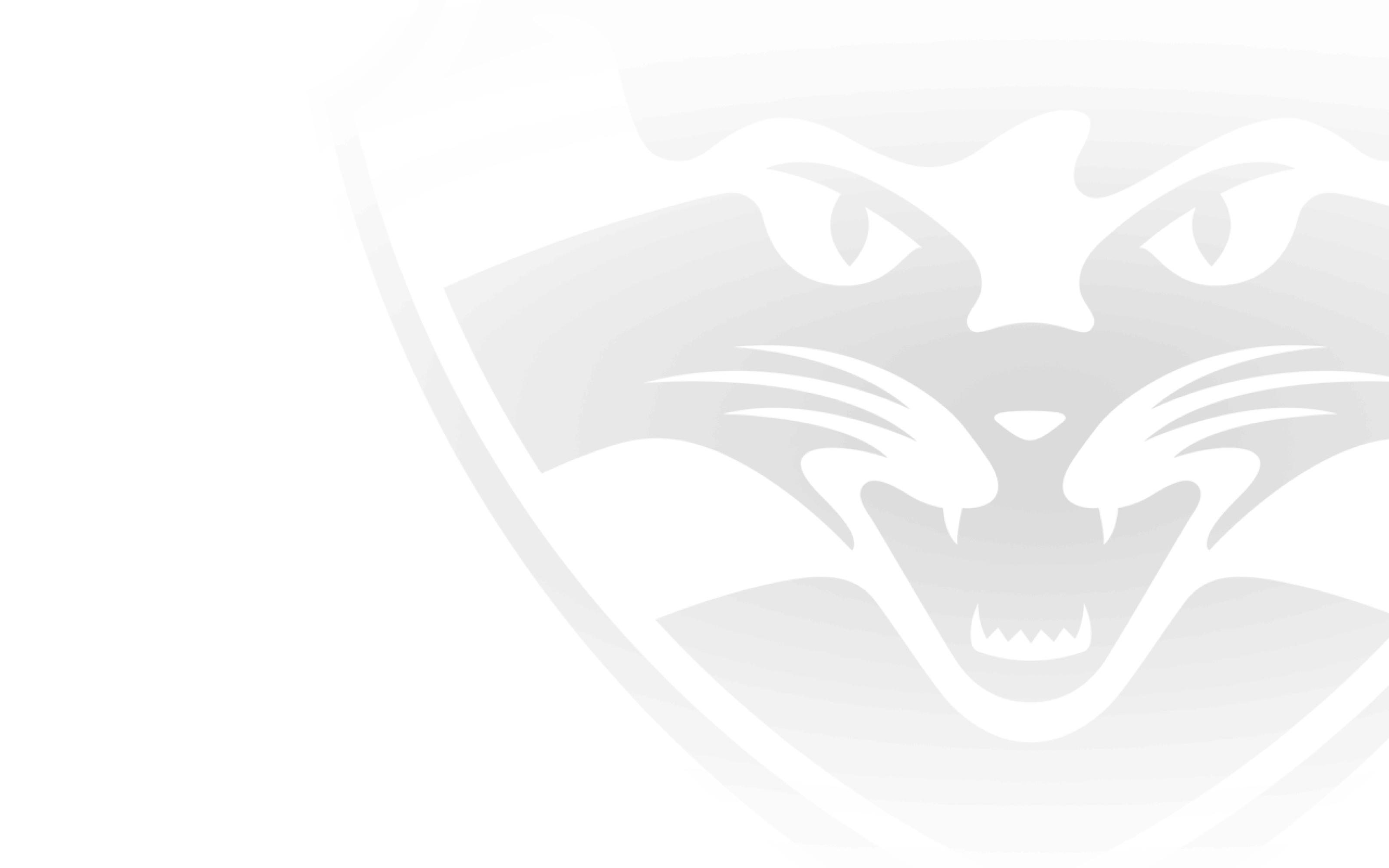IF A young key position player is struggling at Geelong, the coaches will often compare him to Tom 'Domsy' Lonergan.
The reason is that Lonergan, who will soon turn 31, took a footballing eternity to get his career going.
But he has become, in the words of Cats senior coach Chris Scott, one of the "top half-a-dozen key defenders in the competition".
"Domsy's journey gives us hope that young guys who might not have done much in their first couple of years, particularly big guys, can do the same thing," said assistant coach James Rahilly.
Lonergan grew up in Yarrawonga, then transferred to Assumption College and played in the TAC Cup with the Calder Cannons.
He was considered among the brightest key position prospects in the country when he was selected by Geelong with selection 23 in the 2002 national draft.
Yet many people in the club soon found themselves wondering if he was going to make the grade.
"His first year or so wasn't great," recalled Rahilly, who was a Cats player at the time. "He was a long way off what was required."
Lonergan became renowned for his lack of interest in training, and his nickname stemmed from that.
As Rahilly recalled, "Loris Bertolacci, our fitness coach at the time, gave us a presentation about DOMS, which is Delayed Onset Muscle Soreness.
"The next day Tom walked off the track and diagnosed himself with DOMS. He was standing on the sidelines, stretching his hamstrings and saying, 'I think I've got DOMS.'
"He just wanted to get out of training."
Rahilly relayed the story to his teammates. Lonergan has been known as Domsy ever since.
"It has really stuck," Rahilly chuckled.
Lonergan spent two years in the VFL, playing mostly as a forward, before making his AFL debut in 2005, kicking two goals in a big win over North Melbourne at Simonds Stadium.
A number of his former teammates remember admiring the way he attacked the ball in those early years, but his courage soon halted his rise.
Late in the 2006 season he had to be placed in an induced coma after a sickening collision with Melbourne's Brad Miller.
Lonergan's comeback from the incident, which cost him a kidney, was inspirational.
But even after he proved good enough to win a berth in Geelong's forward line in the 2008 Grand Final against Hawthorn, he seemed destined to have a largely unfulfilled career.
In fact, his time in the AFL seemed to be running out when he was overlooked for the 2009 decider.
But the retirement of two-time premiership captain Tom Harley opened the door for Lonergan to become a defender.
He played in the backline in the opening round of the 2010 season, and his form and general demeanour around the club has been on an upward trend ever since.
"I think he learned a lot from the guys he played with in the backline, particularly Matthew Scarlett, Darren Milburn and Harry Taylor," Rahilly said.
"I think their professionalism really helped Tom.
"He overcame some great hurdles with the kidney, but his ability to be professional and work on his opponent really set him apart."
Lonergan proved he had become one of the best key defenders in the competition when he was moved into Collingwood's Travis Cloke during the second quarter of the 2011 Grand Final.
Cloke had booted three goals on Harry Taylor, but Lonergan kept him goalless during the remainder of the match, his effort helping the Cats win their third flag in five seasons.
"Domsy just went onto Cloke and put him to bed," Rahilly said. "It was one of the best moves we did on the day. Cloke just was not sighted, basically, for the rest of the game.
"Domsy grew a lot of confidence from that. I think he probably felt part of the team before that, but it took him to another level."
Since then, Lonergan has tamed many of the best key forwards in the game. He has routinely shut down Lance Franklin and continues to have the edge in his battles with Cloke.



